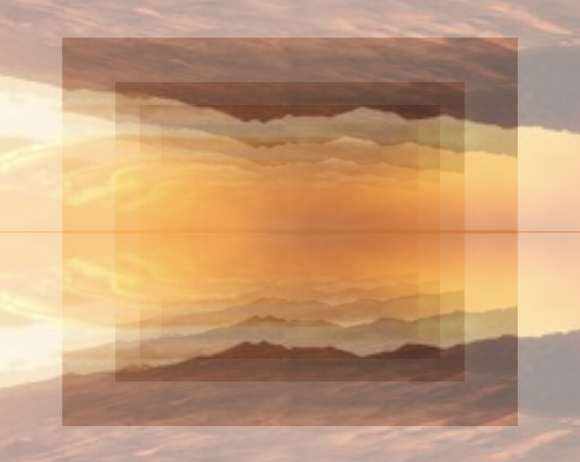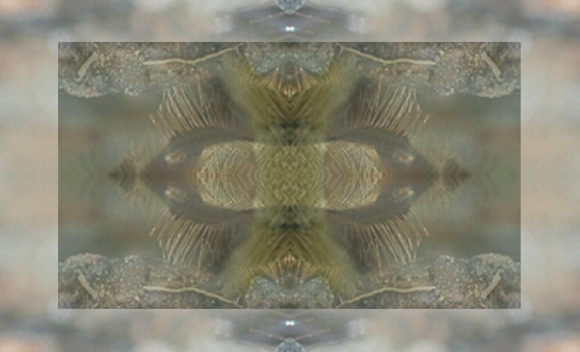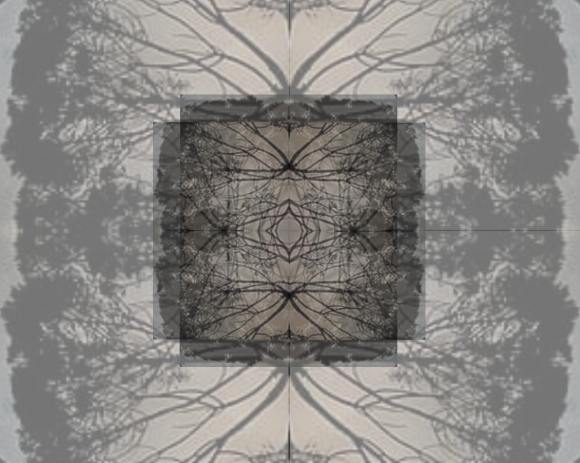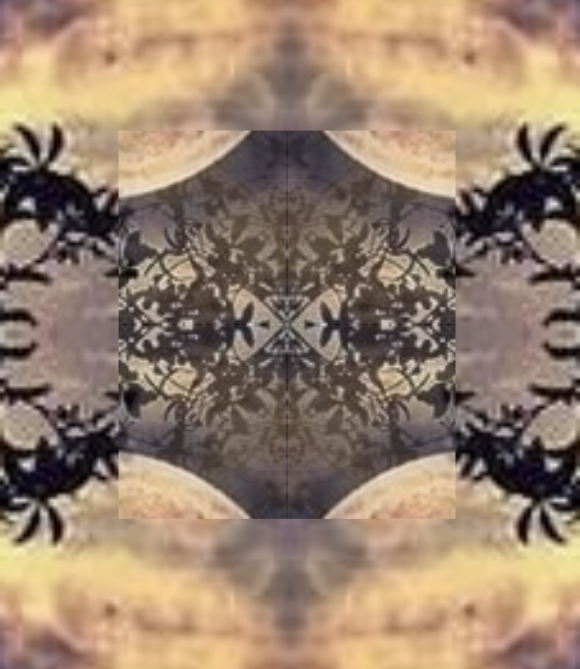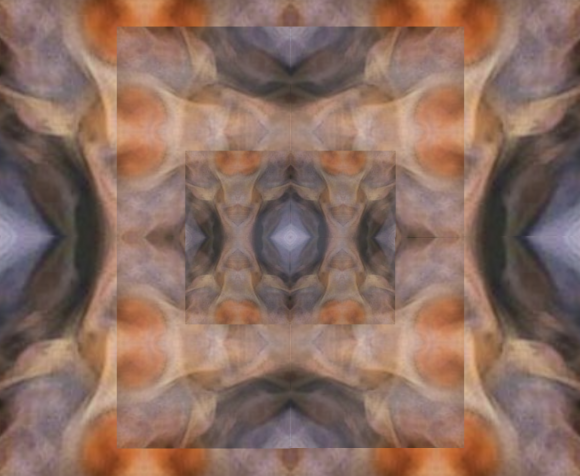
I have quoted Hillman, from his “Peaks and Vales” essay on the difference between spirit and soul, as listing three distinctive features of soul-work, in contrast to spirit-work. The first of those three is that “pathologizing” is not “dismissed for growth”. But what does that even mean?

